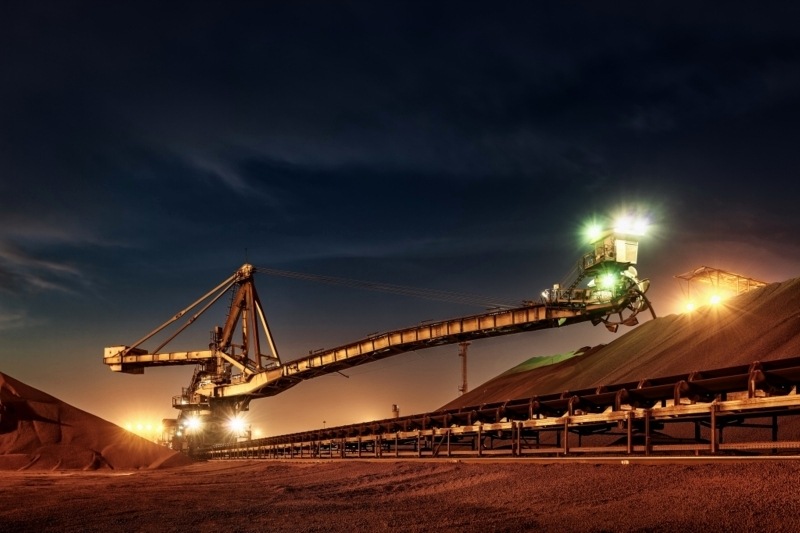The International Monetary Fund expected to achieve positive UAE economic growth in its gross domestic product by 3.3% for 2021, and its experts expected, in the latest reports of the fund, that the UAE would achieve a surplus in the balance of payments to the gross domestic product up to 4.1% for the next year compared to 1.5% for the current year.
The report pointed out that the most challenges that the world will face, especially the oil-producing countries in the Middle East region during the current and next two years, is to provide sufficient financial liquidity for their economies and support their financial stability, especially with the decline in oil revenues significantly due to the significant decline in oil prices and the repercussions of the Corona pandemic. And, the report stressed that countries with high debt are most vulnerable to financial and economic fluctuations.
Elements that guarantee UAE economic growth
The UAE economic growth has 7 main ingredients that make it more capable and tough to face the shocks of crises and economic and financial fluctuations that have ravaged the economies of the world and the region in recent years, especially since the global financial crisis of 2008, which emerged from it more solid and durable.
UAE economic growth depends on
- Economic diversification
- Global funds
- International reserves
- indebtedness
- Open Policies
- Extensive business relationships
- Exports
Economic diversification
The first ingredient is the successful economic diversification policy that the UAE economic growth launched more than 30 years ago and is reaping its benefits today. According to the latest reports of the Federal Competitiveness and Statistics Authority, the contribution of the oil, gas, mining and quarrying sector to the GDP of the Emirates has shrunk dramatically, and its value amounted to 387 billion dirhams, constituting only 25% of the GDP of one trillion and 546.6 billion dirhams at the end of 2019 at prices Ongoing.
In contrast, the roles of other non-oil sectors, such as the wholesale and retail trade sector, increase by 12.5%, the manufacturing industry 8.7%, construction 8.4%, financial activities and insurance 8.6%, and other non-oil sectors with a 36.7% share. This economic diversification contributes strongly to absorbing the impact of the shocks of the falling oil prices.
During the past ten years, 2010 – 2019, which witnessed major global and regional economic crises, the UAE’s total output increased by 45.3% at current prices, from 1.06 trillion dirhams in 2010 to 1.54 trillion dirhams at the end of 2019.
Parallel to the UAE’s expansion in the policy of economic diversification, it directs huge qualitative investments to the oil and gas sector to increase its production and maximize its oil reserves, says Naguib Al Shamsi, economist, and general manager of Masar Economic Studies, where these reserves are estimated at 98.6 billion barrels to occupy sixth place globally in oil production.
The UAE is also a member of the Big Five club in gas reserves with a stock of 353 trillion cubic feet.
Global funds
The second ingredient is the UAE’s possession of huge investment assets that provide it with sufficient financial liquidity. The country has several funds for sovereign wealth and foreign investments, whose value of assets is approximately 1.5 trillion, most notably the Abu Dhabi Investment Authority, which recently ranked third globally among the largest sovereign funds.
This is worth $697 billion, and the Dubai Government Investment Corporation, which ranked 13th with assets of about $233.8 billion, and Mubadala Development Company in the 14th place with a value of approximately $226 billion, and the Emirates Investment Authority ranked 28 globally with assets worth 34 billion countries and these assets provide it Demand liquidity.
International reserves
The third ingredient is increasing international reserves, both for the central bank and banks, which amounted to 449.6 billion dirhams at the end of last March. These reserves achieve continuous growth supported by an effective strategy applied by the central bank to provide liquidity to the national economy. Liquidity circled to an all-time high, at the end of last April.
It reached 1.75 trillion dirhams. This liquidity is supported by a strong banking sector, whose assets according to the latest statistics increase to 3 trillion and 155.7 billion dirhams, and bank deposits for residents and non-residents increased by the end of April to one trillion and 872.2 billion dirhams. Government deposits increased to 286.7 billion dirhams at the end of April.
indebtedness
The fourth factor is the diminishing of the state’s external debt. As the economic expert, Dr. Ali Al-Amri, confirms, the UAE does not have any financial burdens or obligations, whether debts or other, and there are only small debts, the majority of which are companies, and these debts dwindle a lot in front of the investment assets of the state and government and private companies as well as against the strong exchange rate of the dirham.
Open Policies
The fifth ingredient is the open economic policies and competitive work environment that the Emirates have distinguished and established over decades, making it the first business and investment environment in the region. UNCTAD statistics and reports reveal that the UAE ranks first in the Arab world in attracting and exporting investments.
The balance of foreign investment entering the country increased from $ 76.1 billion in 2010 to $ 140.32 billion in 2018, an increase of $ 64.2 billion, with a growth rate of 64%. The net inflows of FDI into the country increased from about $ 4 billion in 2010 to $ 10.4 billion in 2018
Extensive business relationships
The sixth pillar is the UAE’s extensive trade relations with about 220 countries on six continents. The value of non-oil foreign trade increased from 754.4 billion dirhams at the end of 2010 to 1.62 trillion dirhams at the end of 2018, an increase of 873.6 billion dirhams, with a growth rate of 115%. Non-oil exports increased from 83.1 billion dirhams to 212 billion dirhams, an increase of 129 billion dirhams, with a growth rate of 155%.
Exports
The seventh pillar according to the statistics of international trade 2019 issued by the World Trade Organization, the country’s exports of services is ranked 22 globally and contribute 1.2% of global exports of services.
Commodity exports, which include oil, are ranked 16th globally and contribute 1.8% of global exports. The UAE economic growth is also ranked first in the Arab world in merchandise and service exports, and the country ranks 3rd globally in re-exporting goods.





